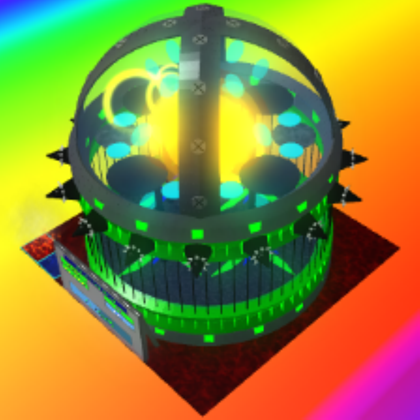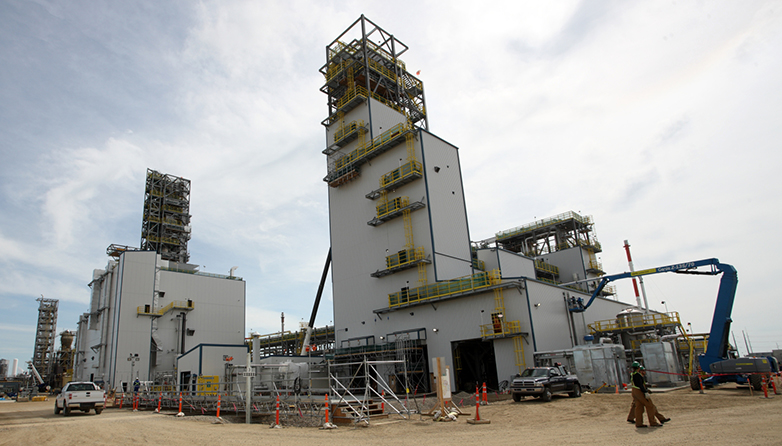

A cylindrical design for a helium-cooled blanket demonstrates that natural uranium micropellets in a laser pump region provide a multiplication of 2.9 with a sub-critical more » neutron multiplication factor of 0.14. A model of the reactor energy balance yields a required energy multiplication of 2.4. This paper presents a parametric study of the required energy multiplication in the blanket, the pellet injection rate, and the net efficiency of this conceptual reactor for advanced pellet yields. « lessĪ preliminary design study of a nuclear-pumped laser-driven inertial confinement fusion reactor with a magnetically protected first wall using an advanced DT-ignited, DD-fueled pellet demonstrated the feasibility of such a concept. The oxygen debris will erode the graphite by carbon monoxide formation at maximum rates of 6.3 and 25.4 pm/s, respectively, for glass and PVA shells. Unburned hydrogen species will react with graphite to form acetylene at a rate estimated to be 63 pm/s (2 mm/yr) for glass and PVA shells at pumping speeds of 6.4 and 8.4 Pa m/sup 3//s (4.8 x 10/sup 4/ and 6.3 x 10/sup 4/ Torr l/s) at 300 K, respectively. Some pellet constituents will react with the wall, resulting in erosion. mu.kg of neon are frozen on the outside surface to ensure cryogenic conditions during flight. In addition to the fuel, the container, either borosilicate glass or polyvinylalcohol (PVA), and a polymer ablator, the pellets contain a high-Z material, here xenon.
#EV NOVA PROBLEM WITH CHEAP REACTOR GENERATOR#
The 873K lithium oxide is transported to a steam generator fabricated from Croloy tubes. At this temperature, a residence time of 300 s at a flow rate of 163 kg/s is required to condense the daily tritium supply as HTO on a cold surface. The oxide enters the blanket at 673K and exits at 873K except for a 2% side stream exiting at 1123K, from which the tritium is recovered. The lithium oxide, which contains 0.1 wt % water, serves as both a tritium breeder and a heat transport more » medium. mu.m in diameter and with a pore length of 1. The cavity is surrounded by a honeycomb graphite structure divided into 16 longitudinal segments through which lithium oxide particles (100 to 200. The 1000-MW(electric) laser fusion reactor design of the University of Wisconsin, SOLASE, is fueled by inserting cryogenic deuterium-tritium pellets containing a microkilogram of fuel into a spherical cavity having a 6-m radius at a rate of 20 Hz.


The role of gases in protecting the first walls is also discussed and it is shown that roughly 5 to 10 torr-meters of neon gas can effectively reduce the thermal impulses and radiation damage rates in the first walls. It is shown that the synergistic effects of the high temperature and high charged particle flux can cause enhanced sputtering. The thermal, displacement rate, transmutation rate, more » and stress response of various materials to this spectra is given. This article illustrates these unique features by analyzing a pellet spectra that might be typical of a 100 MJ yield from complex pellet design. The pulsed nature of the damage, the unique spectrum of high energy neutrons and the addition of high fluxes of charged particles and X-rays is shown to combine to produce an environment never before faced by materials scientists. The completely different radiation environment in laser fusion facilities compared to that anticipated in magnetic fusion devices, or presently found in current fission reactors, will open up new areas of solid-state research.


 0 kommentar(er)
0 kommentar(er)
